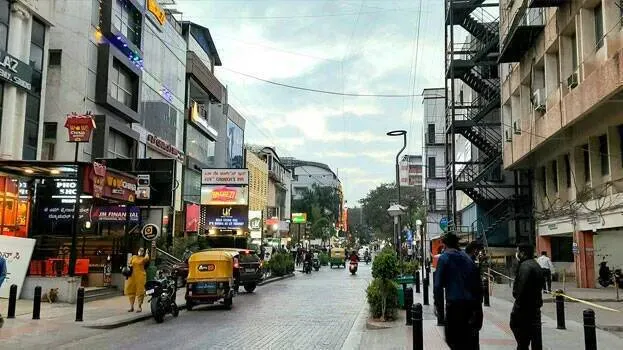

NEW DELHI: India has a treasure trove worth around Rs 52,000 crore that is lying unutilized. E-waste can be considered one of the country's biggest potential economic sources. According to a report by Redseer Strategy Consultants, the country can earn up to $6 billion (Rs 52,096 crore) by extracting metals from e-waste.
The report also points out that India has become the third largest producer of e-waste in the world. The US and China are in the top two positions. E-waste in the country has doubled in the last ten years. It increased from 2 million metric tons in 2014 to 3.8 million metric tons in 2024. Urbanization is one of the main reasons for this. 70 percent of e-waste is generated from the consumer sector, which includes household waste and waste from businesses.
Trends in e-waste generation are also changing. Although the design of electronic devices is becoming smaller and thinner, the increasing volume of gadgets being disposed of is a challenge for the country. Currently, only 16 percent of the consumer e-waste in India is recycled. Although the recycling sector is estimated to grow by 17 percent by 2035, it will handle only 40 percent of India’s total e-waste. The recycling process is curtailed by the fact that 10 to 15 percent of e-waste is stored in households and 8 to 10 percent is dumped in landfills.
Although the Central Government has introduced an Extended Producer Responsibility (EPR) framework to manage e-waste, its effectiveness is less due to low EPR fees and limited recycling capacity. Therefore, it is crucial to strengthen the recycling network to improve metal recovery rates from e-waste and maximize revenue. This way, India's can reduce its metal imports by up to 1.7 billion US dollars and ensure a steady supply of high-value recycled metals.